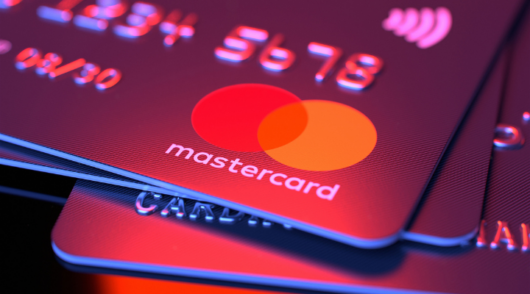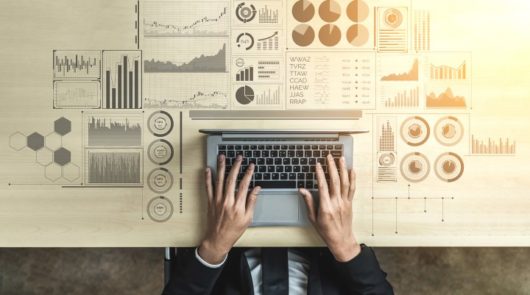The circular economy is a term that is appearing more and more in the media and you may have been wondering what it’s all about.
The circular economy is a model where the total life cycle of a product is considered, including all parts of the product and its production. This can include sharing, renting, repairing, reusing, rebuilding and recycling components or materials as much as possible to extend the life of a product or its base materials.
The aim is to minimise waste and reuse materials from a product once it reaches the end of its life. These materials are kept in the economy and can be used over and over again, minimising the reliance on virgin materials and adding additional value.
As raw or virgin materials are becoming in short supply, become more expensive and demand increases, there is a strong cause to move to reuse and recycling of materials. In these troubled economic times, by utilising reused or recycled products and materials there is less dependence on other nations that may be the prime source for these raw materials.
Another benefit from the reuse of materials is the possible reduction in CO2 emissions, since at present, production of materials makes up the majority of them.
Besides being beneficial for the planet, reducing your carbon footprint and de-risking your material supply, you may be asking where is the value-add for my business? Through the maintenance or refurbishment of machines instead of replacement, the life of the machine can be extended increasing the overall utilisation.
Take an example of an AS/RS crane. With regular maintenance, cranes have a life cycle of about 10 years. At the 10-year mark, the crane could undergo a major refurbishment, setting it up for a further 10 years of service. This can happen again and again until it is no longer viable to perform the refurbishment and the crane is finally recycled. But it does not stop there, as its recycled components can then be reused in new products. This is called Revalue in Cascade loops.
The final point on the circular economy is consumer behaviour. The environmentally conscious among us are considering these factors in their purchases. These consumers are actively seeking information about the origins and make-up of the products they are buying. They have a genuine interest in the ability to recycle the products they consume and try to avoid waste as much as possible. Where possible they prefer to “buy local” to reduce the CO2 generated from the logistics to bring the products to them.
By reviewing your materials and replacing where you can with recycled materials, not only have you reduced the CO2 produced overall in the production of your products, but you can actively push these benefits in your marketing, attracting new consumers who look specifically for products that are making these changes.
The benefits of implementing a circular economy model to your business and product range are vast, as highlighted above. Argon & Co has the ESG expertise to assist your business with such an implementation and would be happy to assist you on your journey, reach out today to see how we can help: sustainability.australia@argonandco.com
- About the author: David Morahan is managing principal at Argon & Co Australia.






